(Many of the links in this article redirect to a specific reviewed product. Your purchase of these products through affiliate links helps to generate commission for HomePressureCooking.com, at no extra cost. Learn more)
Let me share my favorite Austrian goulash stew recipe with you. This hearty dish warms my soul on chilly evenings. Rich, tender beef simmers in a flavorful broth infused with paprika and caraway seeds. Potatoes add comforting substance, while onions and garlic provide depth. I've perfected this recipe over years, tweaking spices and cooking times. Trust me, your kitchen will smell amazing, and your taste buds will thank you. Ready to dive into culinary bliss?
Ingredients for Austrian Goulash Stew
- Vegetable oil: Adds moisture and helps brown the meat for a flavorful base in the goulash stew.
- Onions: Provide a sweet and savory flavor base that enhances the overall taste of the goulash stew.
- Garlic: Adds a pungent and aromatic flavor that complements the richness of the beef in the goulash stew.
- Beef chuck: The main protein source that becomes tender and flavorful when slow-cooked in the goulash stew.
- Paprika: Adds a rich, smoky flavor and vibrant color to the goulash stew, a signature spice in this dish.
- Caraway seeds: Bring a unique earthy and slightly bitter flavor that complements the paprika in the goulash stew.
- Tomato paste: Provides a depth of umami flavor and helps thicken the sauce in the goulash stew.
- Beef broth: Infuses rich beefy flavor and moisture into the stew, creating a hearty and savory base.
- Bay leaves: Add a subtle herbal aroma and flavor that enhances the overall taste profile of the goulash stew.
- Potatoes: Offer a hearty and comforting element, thickening the stew and providing a satisfying texture to the dish.
Read more: Hungarian Goulash Recipe
Essential Tools for Making This Stew Recipe
- Large Pot: Essential for cooking the stew in large quantities to accommodate all ingredients.
- Chef's Knife: Needed to chop onions, garlic, and cut beef into cubes for the stew.
- Cutting Board: Provides a stable surface for chopping and preparing ingredients for the goulash stew.
- Wooden Spoon: Ideal for stirring and mixing the stew while it simmers to ensure even cooking.
- Measuring Cup: Necessary for accurately measuring and adding liquids like beef broth to the stew.
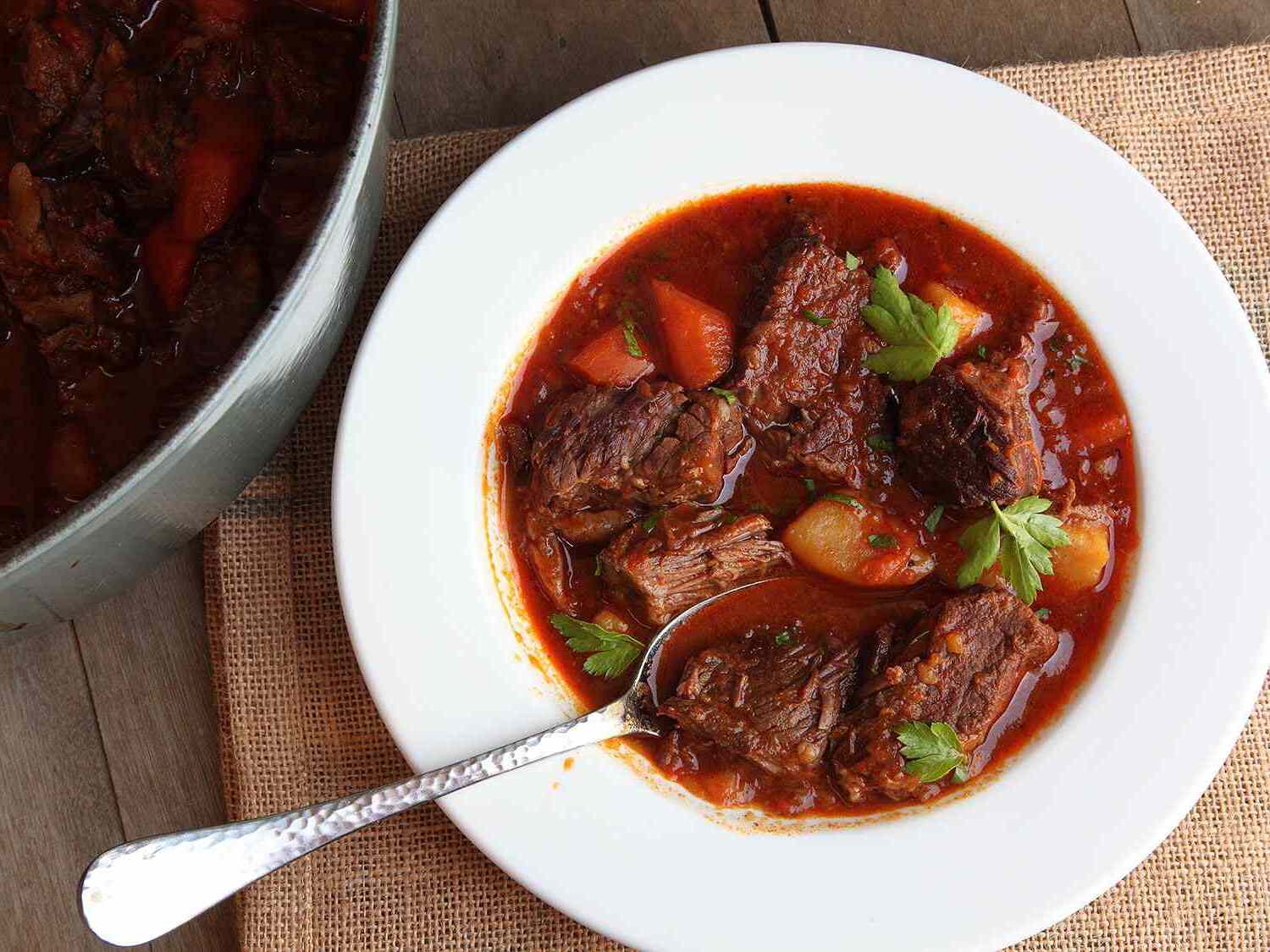
Austrian Goulash Stew Recipe
Equipment
- Large pot
- Knife
- Cutting board
Ingredients:
Main Ingredients
- 2 tbsp vegetable oil
- 2 large onions, chopped
- 2 cloves garlic, minced
- 1 kg beef chuck, cut into cubes
- 2 tbsp paprika
- 1 tsp caraway seeds
- 2 tbsp tomato paste
- 1 liter beef broth
- 2 bay leaves
- 1 tsp salt
- 1/2 tsp black pepper
- 4 potatoes, peeled and cubed
Read more: Austrian Beef Stew Recipe
Instructions:
- Heat the oil in a large pot over medium heat. Add the onions and cook until golden brown.
- Add the garlic and cook for another minute.
- Add the beef cubes and brown on all sides.
- Stir in the paprika, caraway seeds, and tomato paste. Cook for a few minutes.
- Pour in the beef broth, add the bay leaves, salt, and pepper. Bring to a boil, then reduce heat and simmer for 1.5 hours.
- Add the potatoes and cook for another 30 minutes, or until the potatoes are tender.
- Remove bay leaves before serving. Enjoy your Austrian Goulash Stew!
Notes:
Nutrition value:
Keywords:
Read more: Hungarian Goulash Instant Pot Recipe
Can You Make Austrian Goulash Stew Ahead of Time?
Make Ahead Instructions
- Cook the goulash stew as directed in the recipe.
- Let it cool completely before transferring to an airtight container.
- Store in the refrigerator for up to 3 days.
Freezing Instructions
- Allow the goulash stew to cool completely.
- Transfer to a freezer-safe container or resealable bags.
- Label with the date and store in the freezer for up to 3 months.
In traditional Austrian cuisine, goulash is often served with a side of dumplings instead of potatoes. This pairing creates a delightful contrast in textures and flavors that enhances the overall dining experience.

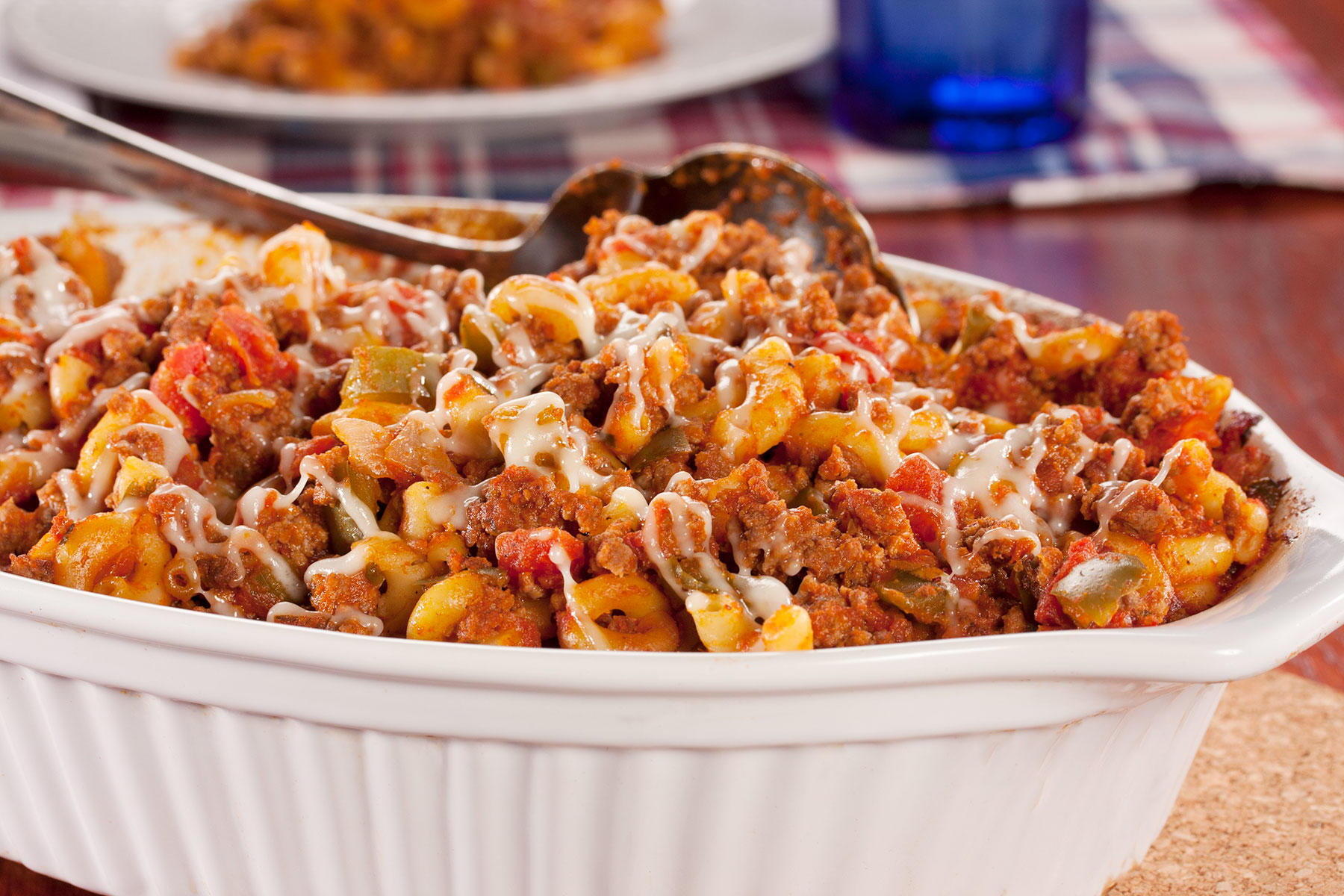
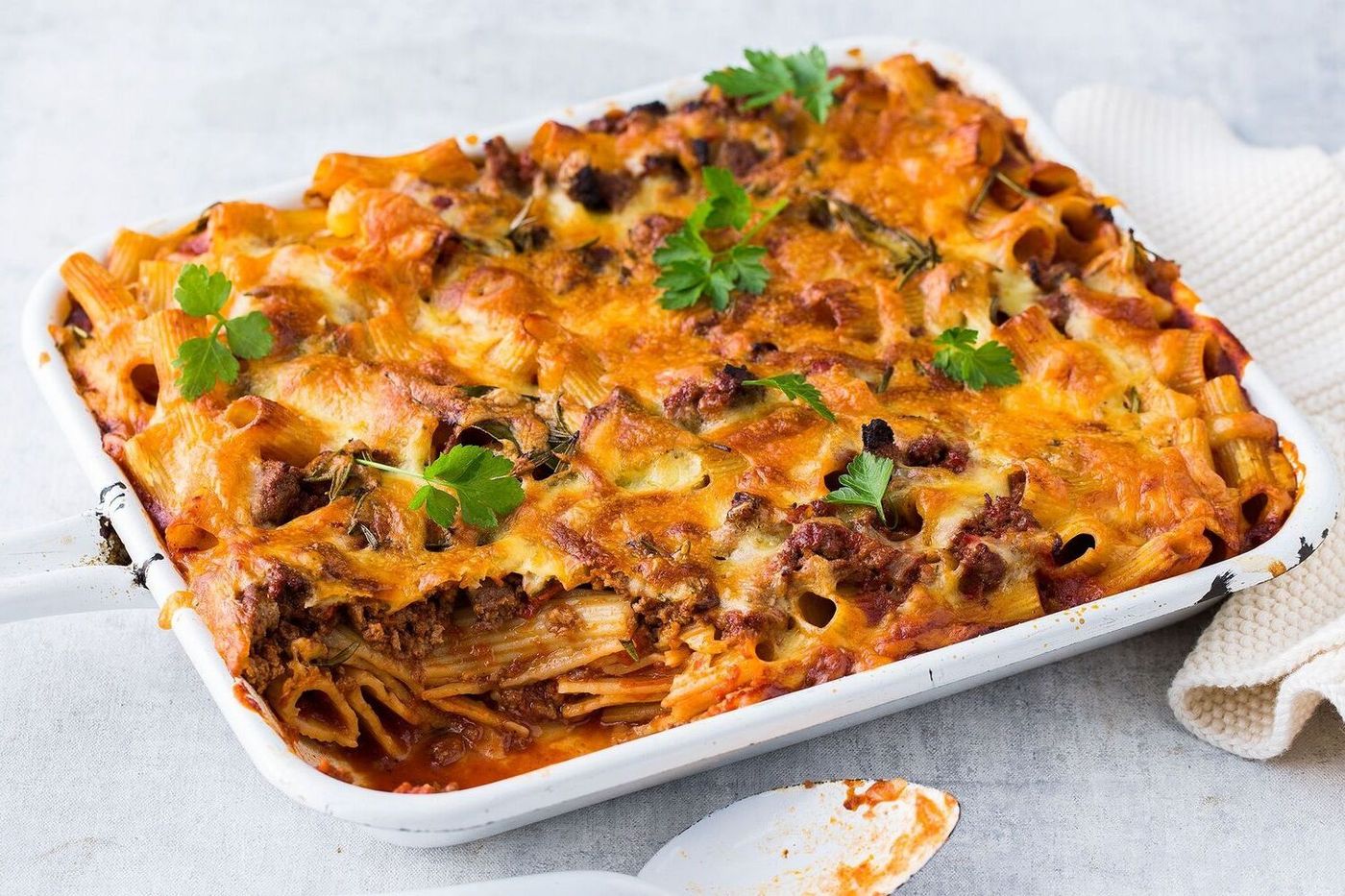
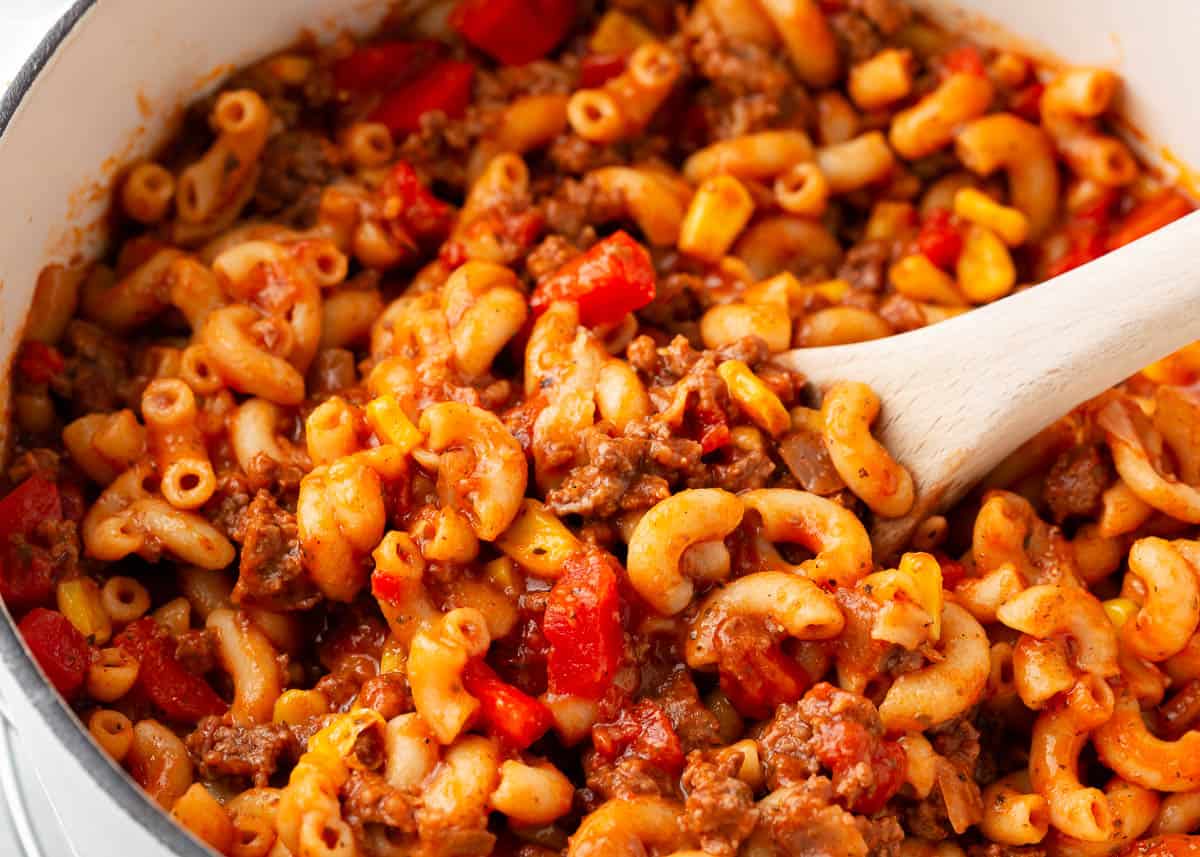
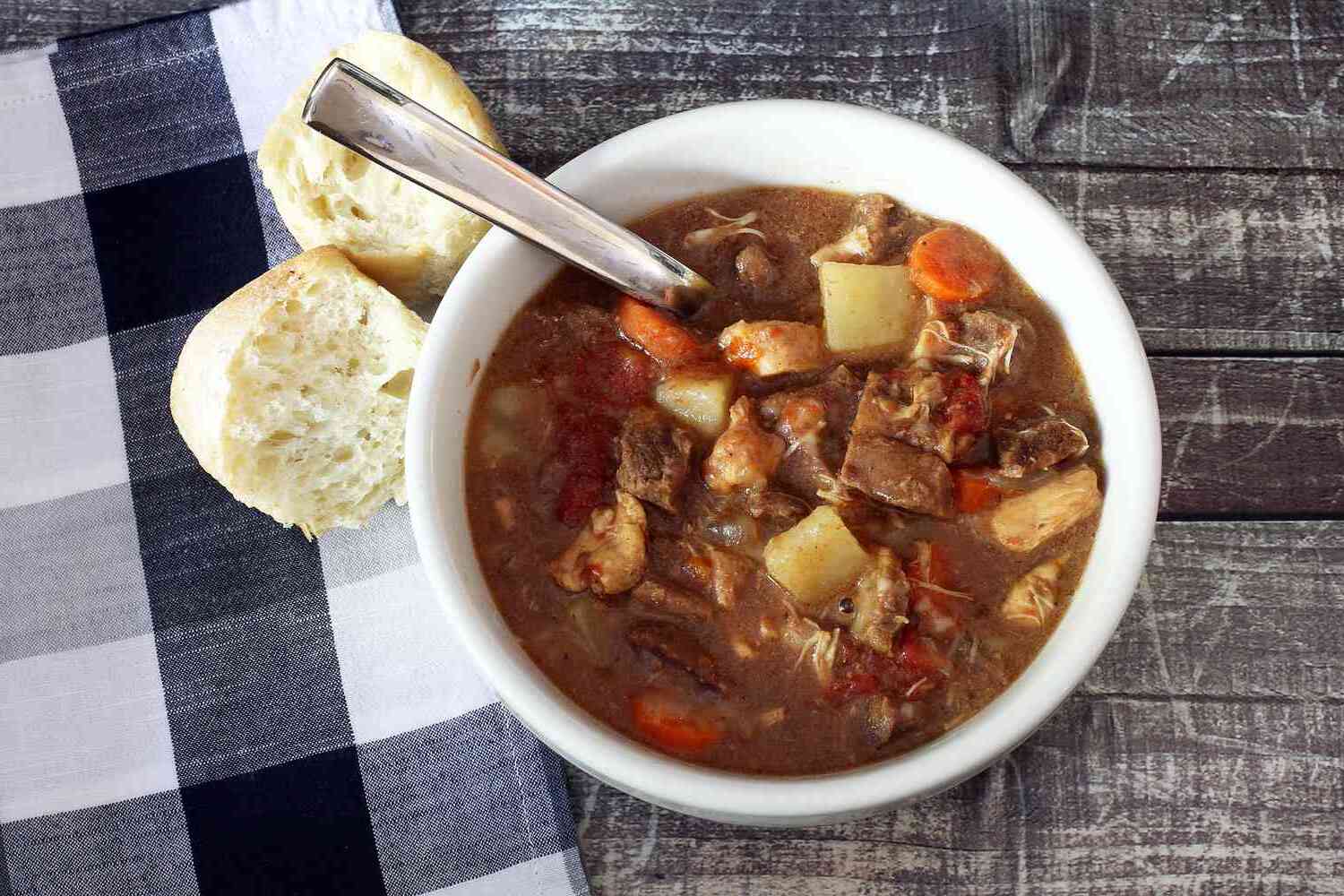
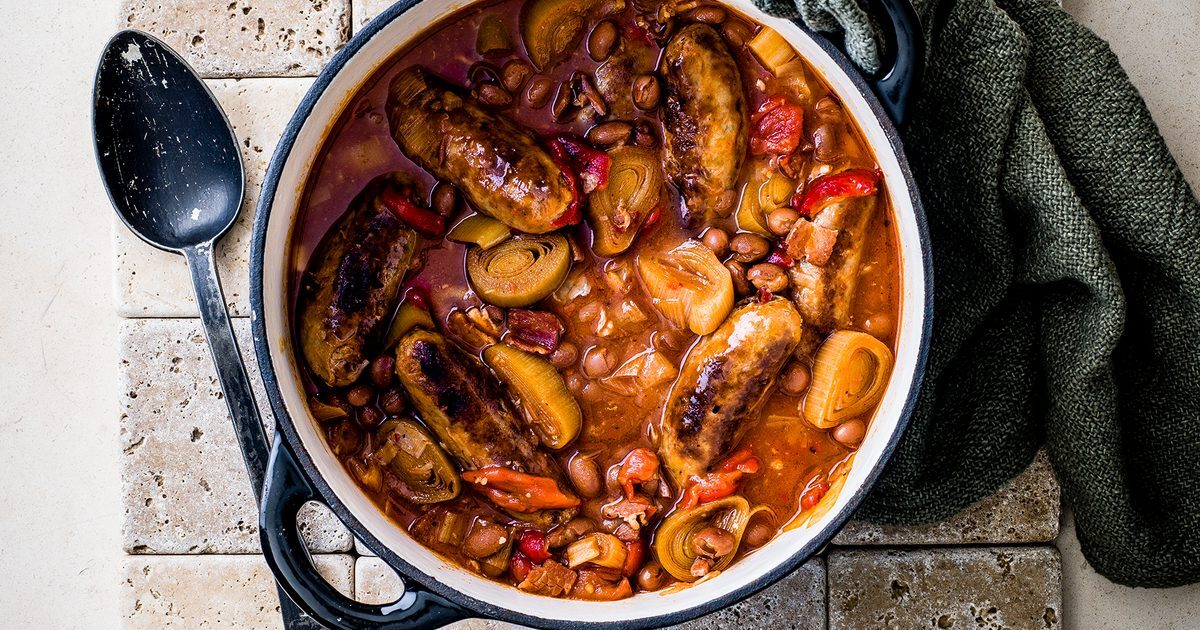


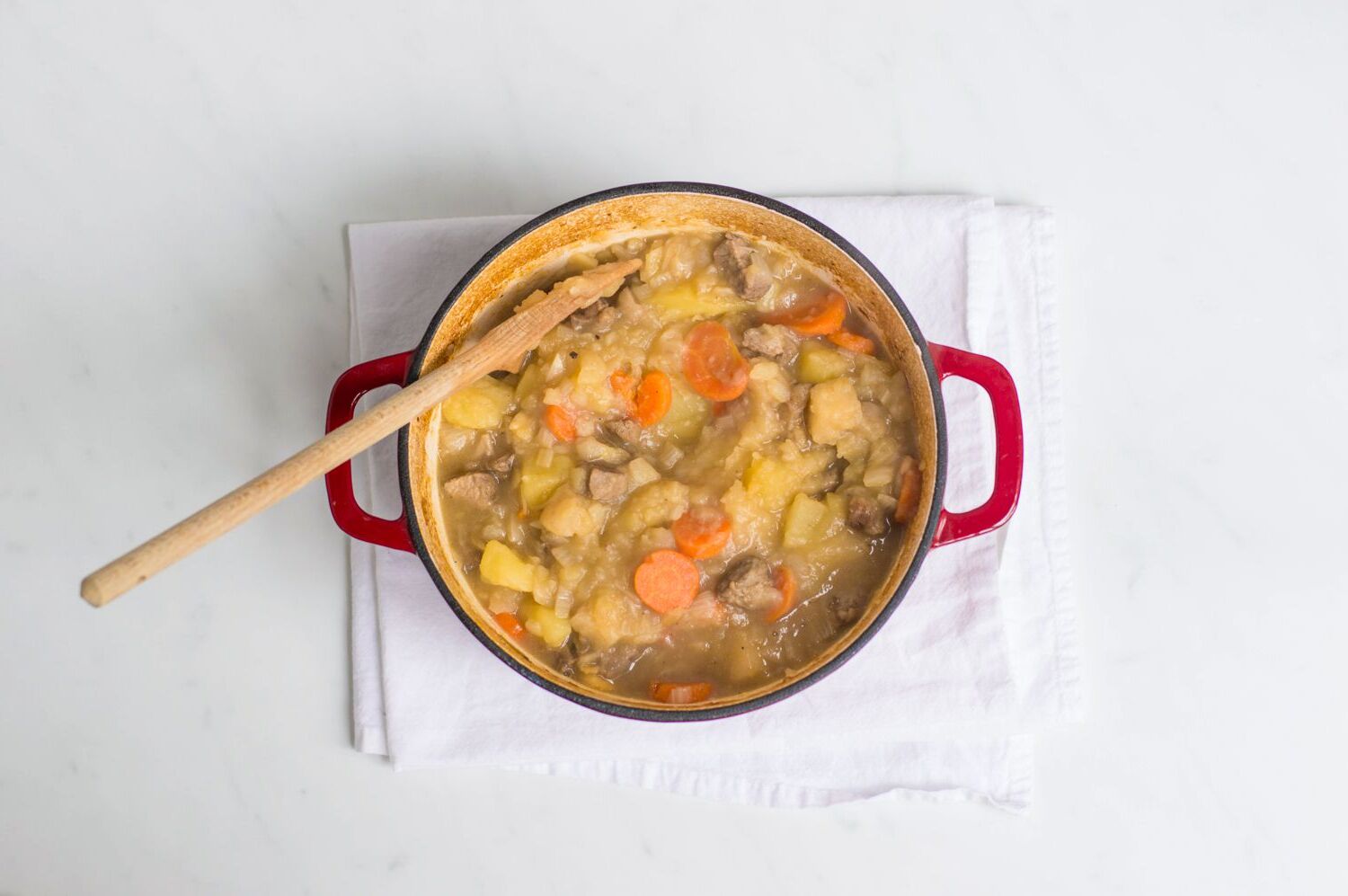
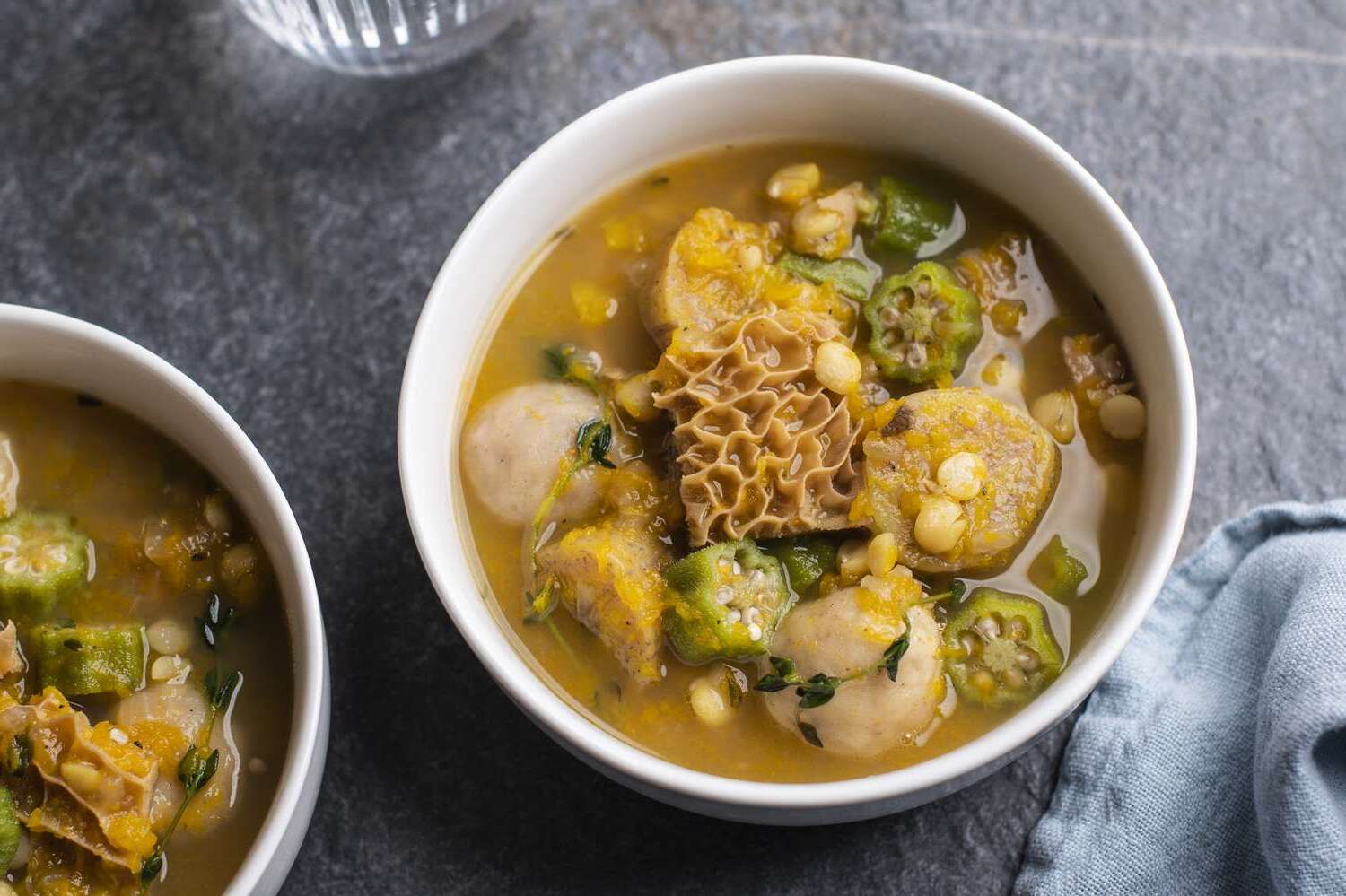
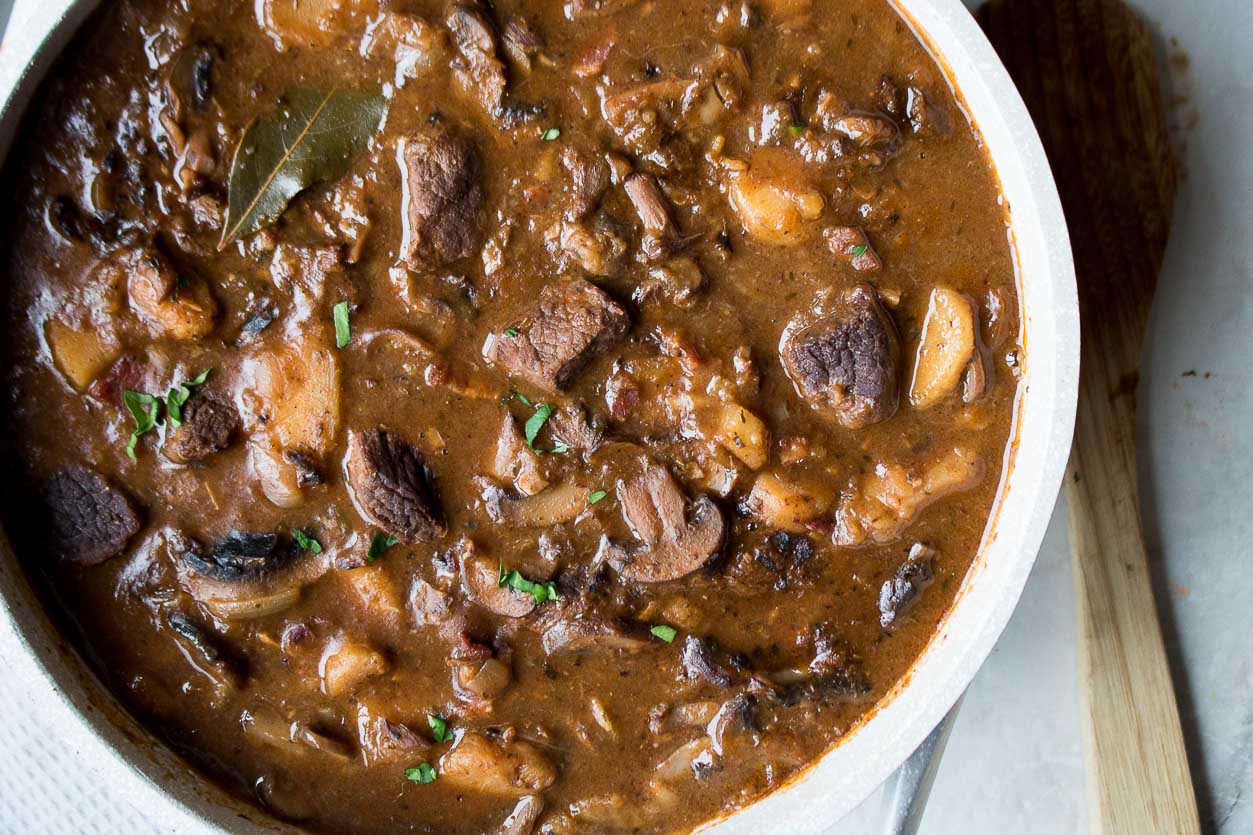

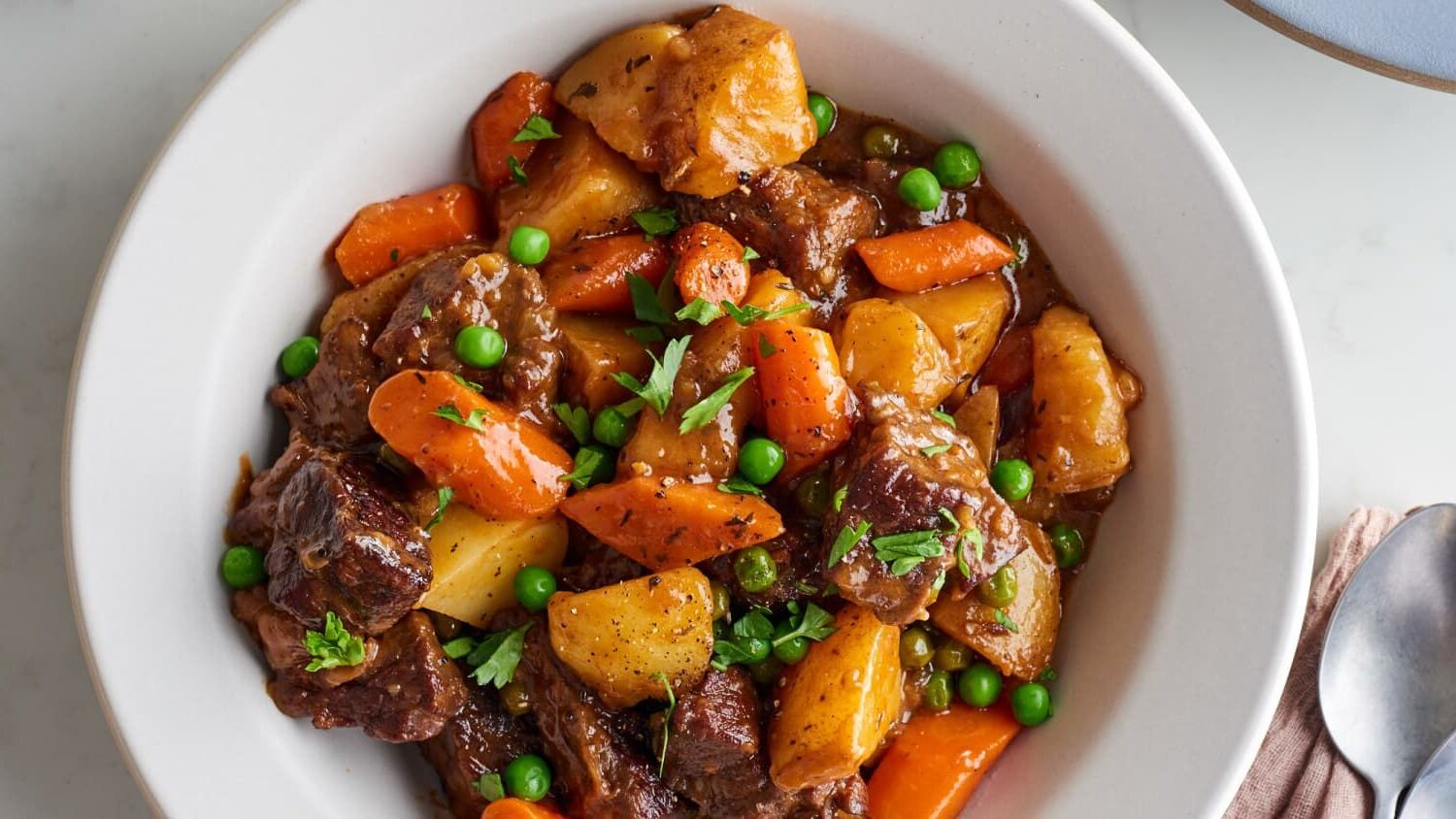
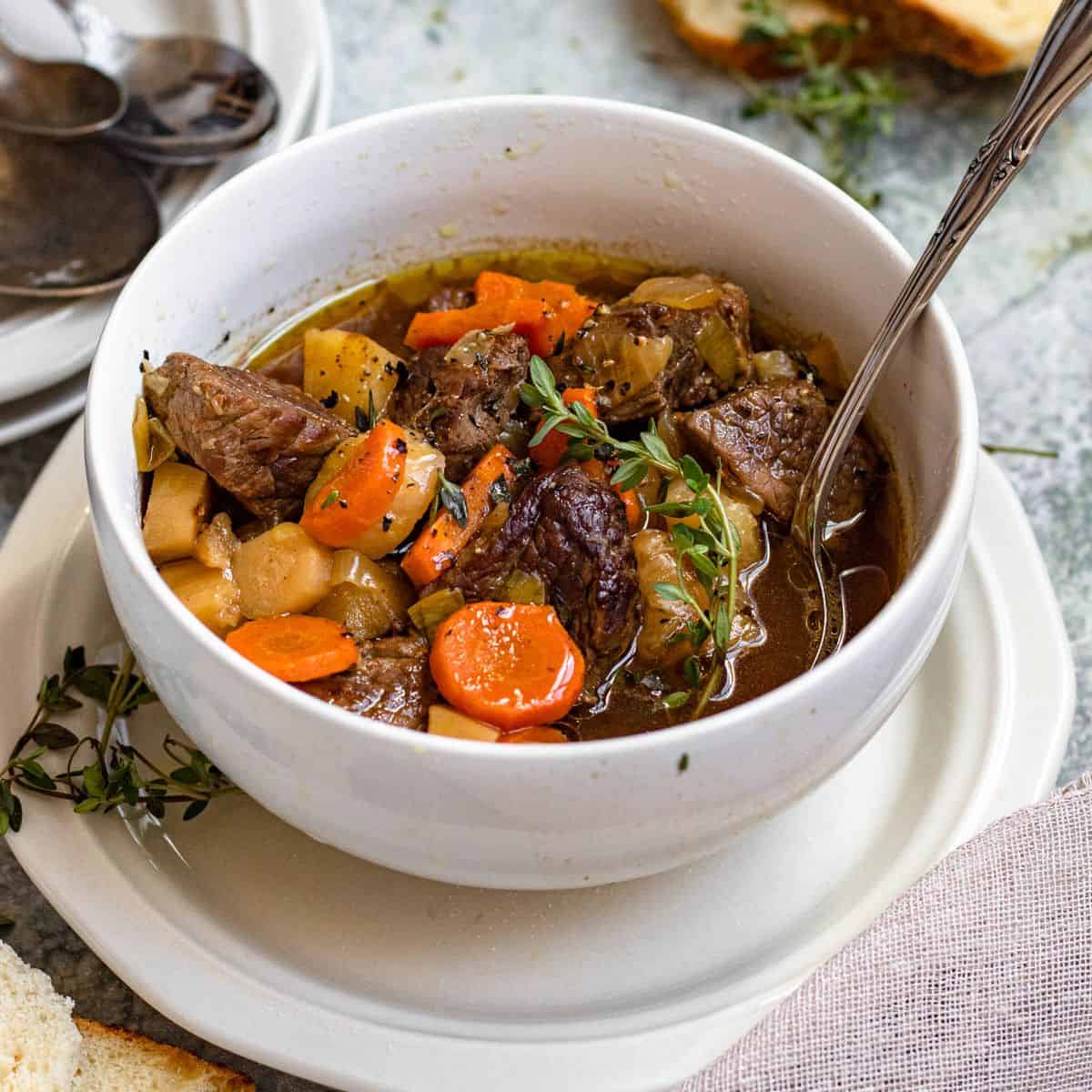

0 thoughts on “Austrian Goulash Stew Recipe”